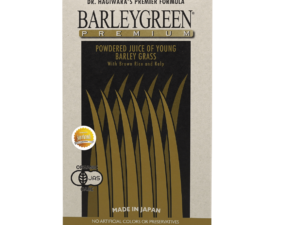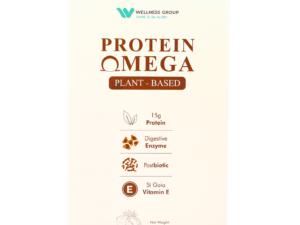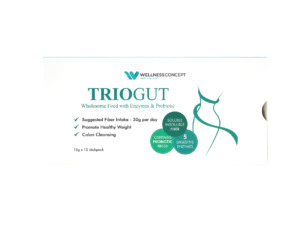Recommended Daily Fiber: How much fiber per day by age?
Did you know 95% of Americans fail to meet their daily fiber needs? While experts recommend 28-34 grams for adults, most people barely reach half that amount. This gap isn’t just a number—it impacts everything from digestion to disease prevention.
Fiber requirements shift throughout life. Children need different amounts than teens, and adults over 50 face unique challenges. Getting the right balance supports gut health, stabilizes blood sugar, and may even reduce cancer risks. But with so many variables, where does one start?
This guide breaks down age-specific recommendations using current nutrition science. Readers will learn practical ways to meet targets without digestive discomfort. From breakfast ideas to smart snack swaps, discover how to weave more plant-based foods into daily meals.
Wellness Group’s nutrition experts emphasize personalized approaches. “Individual needs vary based on activity levels and health history,” notes their team. For tailored advice, contact them at +60123822655 during their operating hours.
Key Takeaways
- Optimal fiber intake ranges from 28-34 grams daily for adults
- Age and biological sex significantly influence requirements
- Gradual increases prevent digestive discomfort
- Whole foods provide better results than supplements
- Consistent intake supports long-term disease prevention
Introduction to Dietary Fiber and Its Role in Health

Click to 了解更多
In Malaysia’s vibrant food culture, one essential nutrient often hides in plain sight. Dietary fiber acts like nature’s broom, sweeping through your system while fueling vital processes. This plant-based powerhouse doesn’t just fill your plate—it transforms how your body functions.
What Makes Fiber Unique?
Dietary fiber consists of plant compounds like cellulose and pectin that resist digestion. Unlike other carbs, these complex structures reach the large intestine intact. There, gut bacteria ferment them into fatty acids that strengthen intestinal walls.
Beyond Basic Digestion
Fiber’s health benefits stretch further than most realize. It slows sugar absorption, helping maintain steady energy levels. Studies show it binds to excess cholesterol, aiding heart health. Regular intake also creates a thriving environment for good bacteria.
| Fiber Type | Primary Sources | Key Advantages |
|---|---|---|
| Soluble | Oats, apples, beans | Lowers cholesterol |
| Insoluble | Whole grains, carrots | Prevents constipation |
This dynamic nutrient supports immunity by nourishing protective gut microbes. Over time, consistent fiber intake may reduce risks for chronic conditions. Pairing it with water maximizes its benefits without discomfort.
How much fiber per day by age?
Nutrition needs evolve across life stages, and fiber is no exception. Gender, growth phases, and metabolic changes all influence ideal amounts. Let’s explore science-backed targets for different age groups.
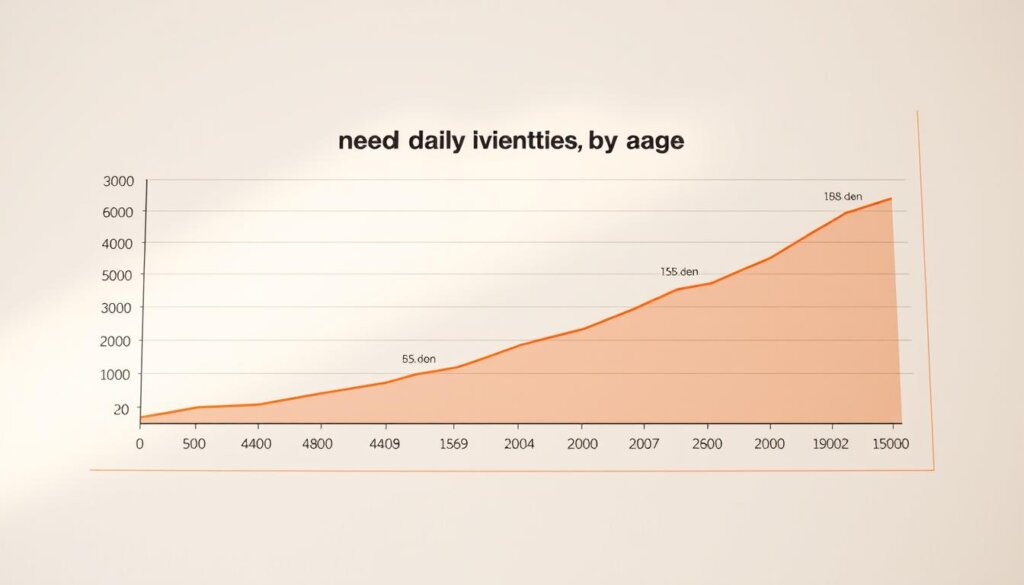
Fiber Recommendations for Adults and Older Individuals
Men generally require about 34 grams daily, while women need closer to 28 grams. These figures account for typical calorie consumption differences. Older adults might adjust slightly based on appetite or digestive changes.
Guidelines for Children and Adolescents
Growing bodies demand gradual increases:
- Toddlers (1-3 years): 14 grams supports early digestive development
- School children (4-8): 16.8-19.6 grams through balanced snacks
- Teens (14-18): 25.2-30.8 grams to fuel rapid growth
Consistent intake helps prevent common deficiencies linked to processed diets. Families can build habits by adding berries to breakfast or swapping white rice for brown varieties.
Wellness Group’s nutrition team tailors plans for individual needs. Contact them at +60123822655 to discuss personalized strategies.
Types and Sources of Dietary Fiber
Not all fibers work the same way. Plant-based foods deliver two distinct types that serve different roles in the body. Understanding these categories helps people choose the right sources for their health goals.
Soluble Fiber vs. Insoluble Fiber
Soluble fiber dissolves in water, forming a gel that slows digestion. This type helps manage blood sugar spikes and lowers LDL cholesterol. Oats, citrus fruits, and beans are prime examples.
Insoluble fiber acts like nature’s scrub brush. It adds bulk to stool and speeds up waste movement. Whole wheat products, nuts, and vegetable skins pack this roughage powerhouse.
High-Fiber Foods: Vegetables, Fruits, Whole Grains, and Legumes
Smart eaters focus on foods offering both fiber types. Broccoli provides soluble fiber in its florets and insoluble in the stalks. Apples deliver soluble pectin in their flesh and insoluble cellulose in the peel.
Whole grains like barley and quinoa shine as dual-purpose sources. Legumes such as lentils and chickpeas lead the pack, offering up to 15 grams per cooked cup. These choices also support digestive enzyme production, enhancing nutrient absorption.
| Food Group | Soluble Fiber Stars | Insoluble Fiber Champions |
|---|---|---|
| Fruits | Oranges, mangoes | Raspberries, pears |
| Vegetables | Carrots, okra | Kale, green beans |
| Grains | Oat bran | Brown rice |

Click to 了解更多
Nuts and seeds offer bonus benefits—almonds supply 3.5 grams per ounce, while chia seeds deliver 10 grams per tablespoon. Combining these foods creates meals that satisfy hunger and nourish gut bacteria.
Health Benefits and the Impact on Gut Function
Plant-powered eating does more than fill your stomach—it transforms your body’s inner workings. When consumed consistently, dietary fiber becomes a powerful ally against modern health challenges.
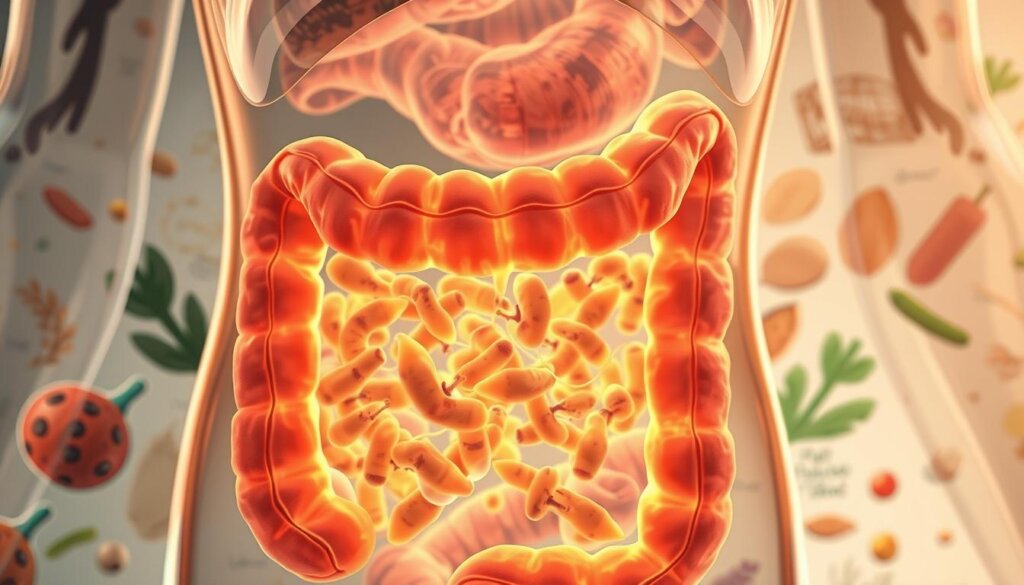
Improving Digestive Health and Preventing Constipation
Soluble and insoluble fibers work together like nature’s cleanup crew. The first absorbs water to soften stool, while the second adds bulk for smooth elimination. This dual action keeps bowel movements regular and comfortable.
Research shows fiber-rich diets reduce colorectal cancer risk by 40%. The magic happens in your gut, where beneficial bacteria feast on fiber. These microbes produce short-chain fatty acids that:
| Benefit | Mechanism | Food Sources |
|---|---|---|
| Reduces inflammation | SCFAs repair intestinal lining | Oats, bananas |
| Lowers heart disease risk | Binds LDL cholesterol | Barley, beans |
| Stabilizes blood sugar | Slows glucose absorption | Apples, chia seeds |
A recent trial found oat bran eaters saw 12% lower cholesterol in 6 weeks. “The right fiber mix acts like daily maintenance for your body’s systems,” notes a Kuala Lumpur nutritionist.
Weight management becomes simpler too. High-fiber meals keep you fuller longer, reducing snack cravings. For those struggling with constipation, gradual increases in whole grains and vegetables often bring relief within days.
Practical Tips to Increase Your Daily Fiber Intake
Transforming your diet with more plant-based foods doesn’t require drastic changes. Small, intentional swaps and preparation methods help the body adapt smoothly. Pairing these adjustments with proper hydration unlocks fiber’s full benefits while minimizing discomfort.
Smart Meal Planning Made Simple
Start by upgrading one meal at a time. Add raspberries to morning oats or mix lentils into soups. Whole-grain alternatives like brown rice noodles maintain familiar textures while boosting nutrition.
Try these effortless modifications:
- Swap half the flour in pancakes with oat bran
- Top yogurt with chia seeds and sliced pears
- Roast vegetables with skins intact for added crunch
Preparing soaked beans overnight reduces cooking time and improves digestibility. For meal timing strategies, focus on fiber-rich breakfasts to align with natural digestion cycles.
Building Tolerance Gradually
Increase intake by 3-5 grams weekly to let gut bacteria adjust. Drink a glass of water with each high-fiber snack—this helps move material through the intestines smoothly.
Softer options work best initially:
- Steamed carrots instead of raw celery
- Mashed sweet potatoes with skin
- Blended soups with pureed legumes
If bloating occurs, reduce portions temporarily and reintroduce slowly. Wellness Group’s nutrition team tailors plans for individual needs—call +60123822655 (Mon-Fri 9:30 AM-6:30 PM) for personalized guidance.
Integrating Fiber into a Balanced Diet
Balanced nutrition thrives on synergy, not single nutrients. Pairing fiber-rich foods with complementary vitamins and minerals maximizes their benefits. A colorful plate with varied food groups ensures adequate protein, healthy fats, and essential micronutrients alongside dietary roughage.
Combining Fiber with Other Essential Nutrients
Whole grains paired with vegetables create meals that stabilize energy levels. Adding lean proteins like fish or tofu to high-fiber brown rice balances blood sugar spikes. For snacks, spread almond butter on whole-grain bread – the fat-soluble vitamins enhance nutrient absorption.
Managing Fluid Intake and Exercise for Optimal Results
Water acts as fiber’s essential partner, preventing bloating while aiding digestion. Adults should drink plenty of fluids – aim for 1 glass per fiber-rich meal. Regular walks or yoga sessions complement dietary changes by stimulating gut motility naturally.
For those exploring diverse food groups, gradual integration prevents overwhelm. Start with one fiber-packed swap daily, like choosing oats over sugary cereals. This approach supports sustainable weight management while nourishing the body holistically.
FAQ
What’s the recommended daily amount for adults?
Adults aged 19–50 should aim for 25–38 grams daily, depending on gender. Men typically need closer to 38 grams, while women benefit from 25 grams. Older adults may adjust slightly lower due to changing dietary needs.
How can children meet their fiber needs?
Kids aged 4–8 require about 25 grams daily, while teens need 26–38 grams. Focus on whole fruits, veggies like carrots, and snacks such as air-popped popcorn. Gradually introduce beans or lentils to avoid digestive discomfort.
What’s the difference between soluble and insoluble types?
Soluble fiber (found in oats, apples) dissolves in water, helping lower cholesterol. Insoluble fiber (whole wheat, broccoli) adds bulk to stool, easing constipation. Both support gut health but work differently in digestion.
Which foods are highest in dietary fiber?
Legumes like black beans, whole grains such as quinoa, and fruits like raspberries top the list. Avocados, chia seeds, and almonds also pack a nutritious punch. Aim for variety across food groups.
Can increasing intake cause bloating or gas?
Yes, sudden spikes may lead to temporary discomfort. Start with small portions of high-fiber foods and drink plenty of water. Fermented options like yogurt can ease the transition by supporting gut bacteria.
How does fiber support heart health?
Soluble fiber binds to cholesterol in the digestive tract, helping reduce LDL levels. Studies link adequate intake to lower risks of heart disease. Pairing fiber-rich foods with healthy fats enhances absorption.
What’s a simple way to add more to meals?
Swap refined grains for brown rice or barley. Add flaxseed to smoothies or toss chickpeas into salads. Snack on edamame or pear slices with nut butter for easy, tasty boosts.
Why is hydration important with high-fiber diets?
Water helps soluble fiber form a gel-like substance and softens insoluble fiber’s bulk. Without enough fluids, increased intake might worsen constipation. Aim for 8–10 cups daily alongside fiber-rich choices.

Khloe Tan
Khloe Tan is a Certified Nutritionist, Corporate Wellness Trainer, and Holistic Health Specialist with over 15 years of experience in the health and wellness industry. She has delivered more than 100 talks nationwide, inspiring and educating diverse audiences on nutrition, lifestyle, and sustainable wellness. Her work has positively impacted over 3,000 lives, and she continues to champion holistic approaches to well-being in both corporate and personal settings.

